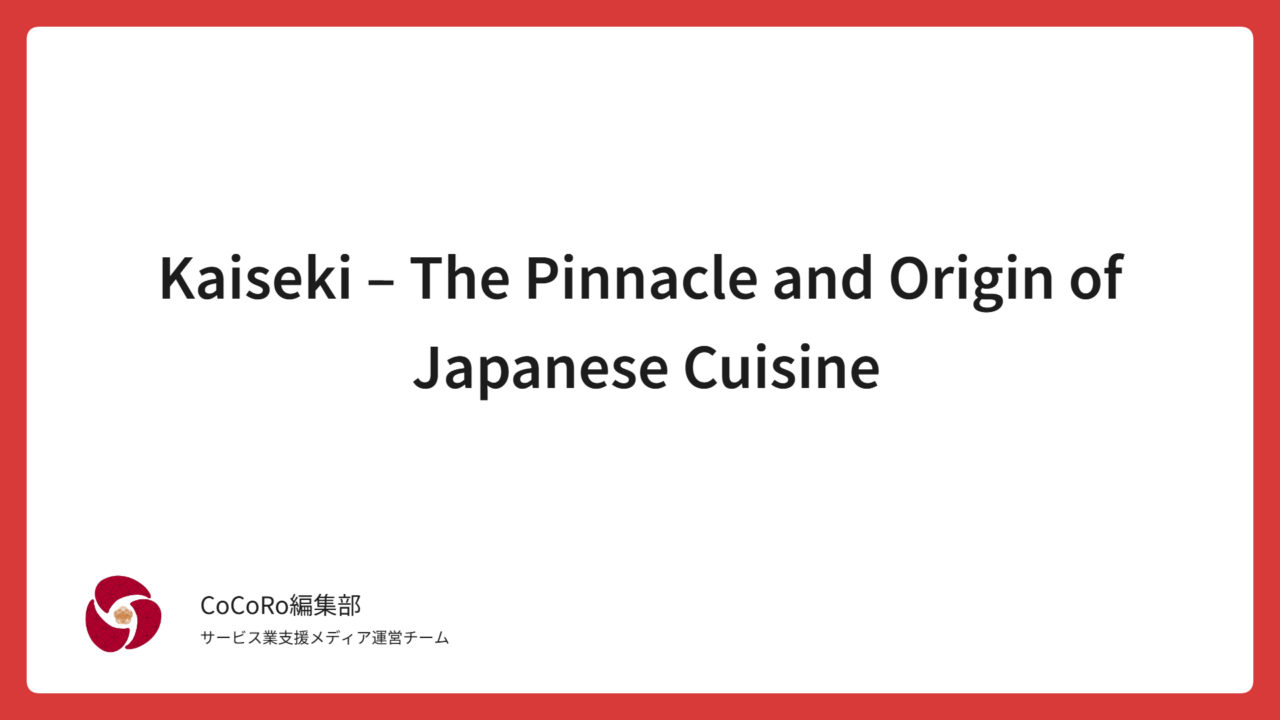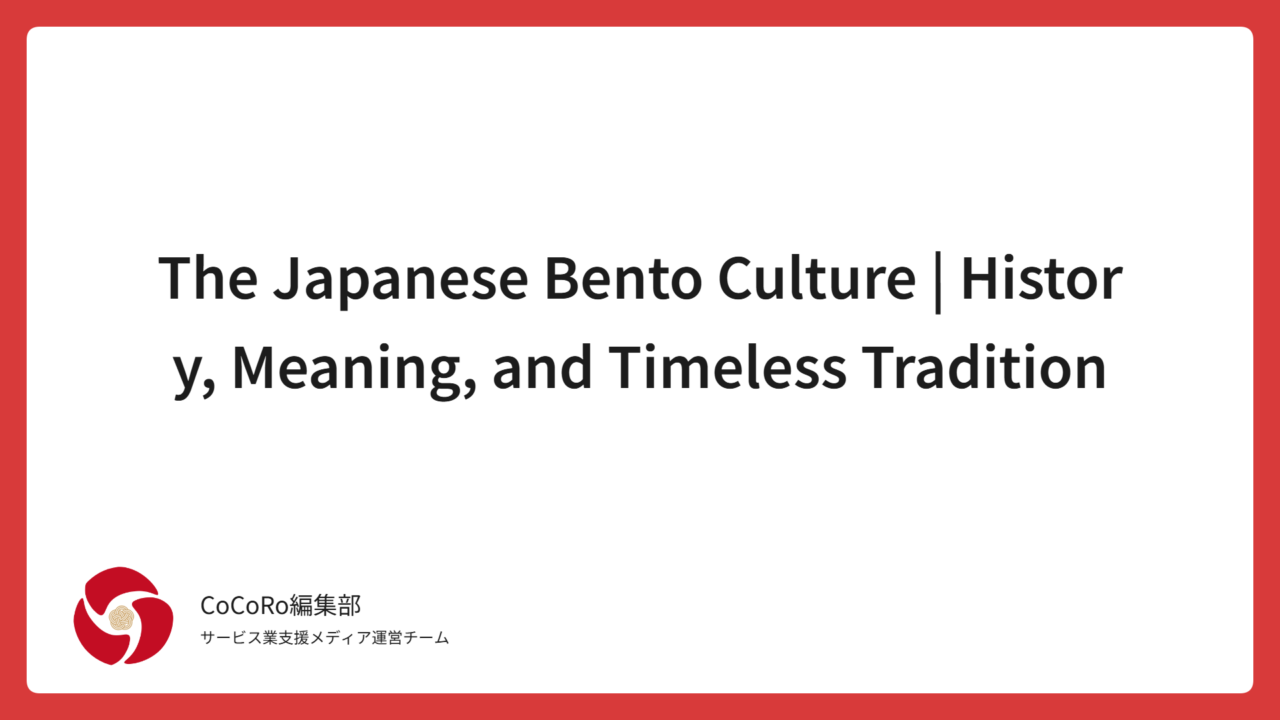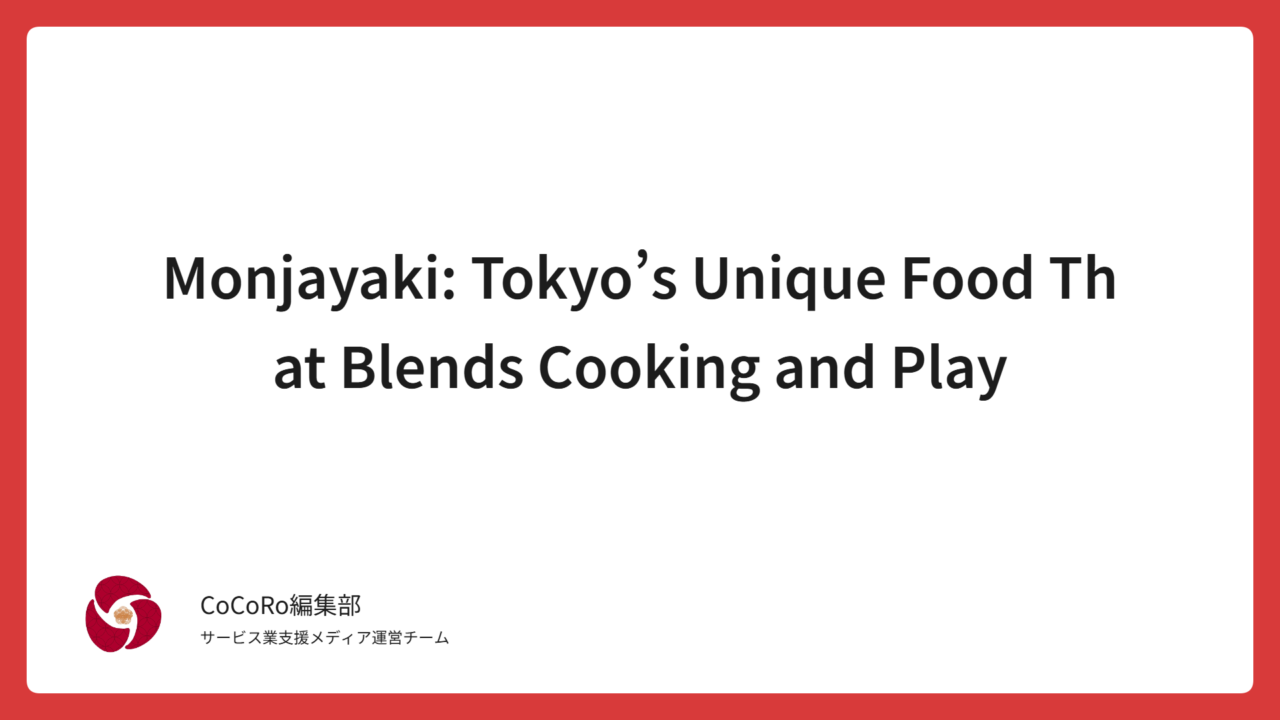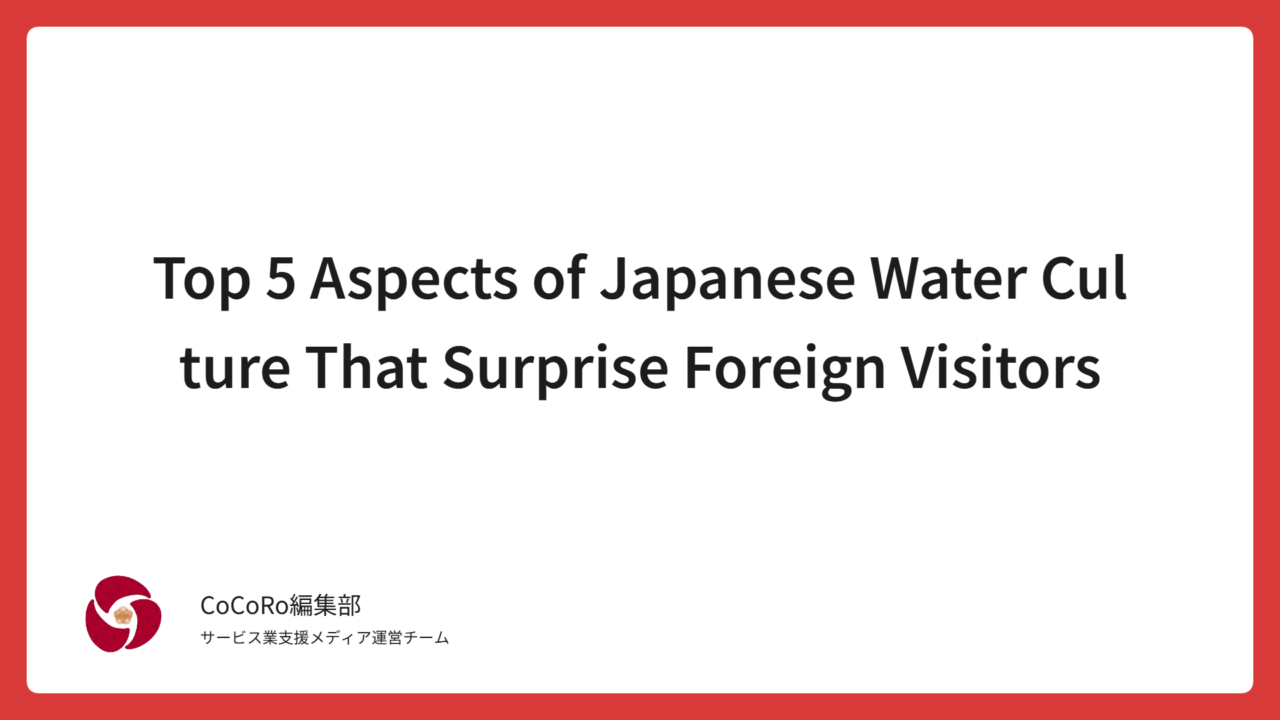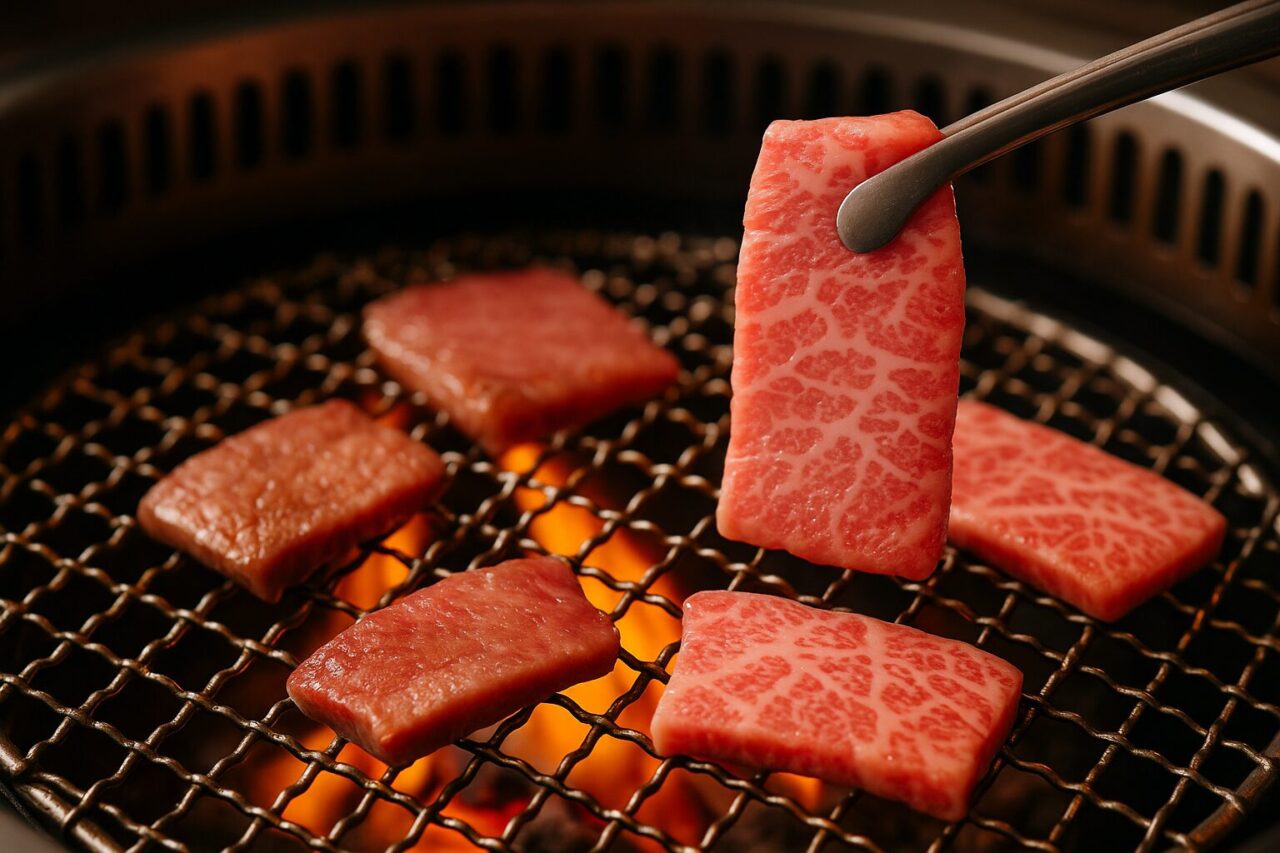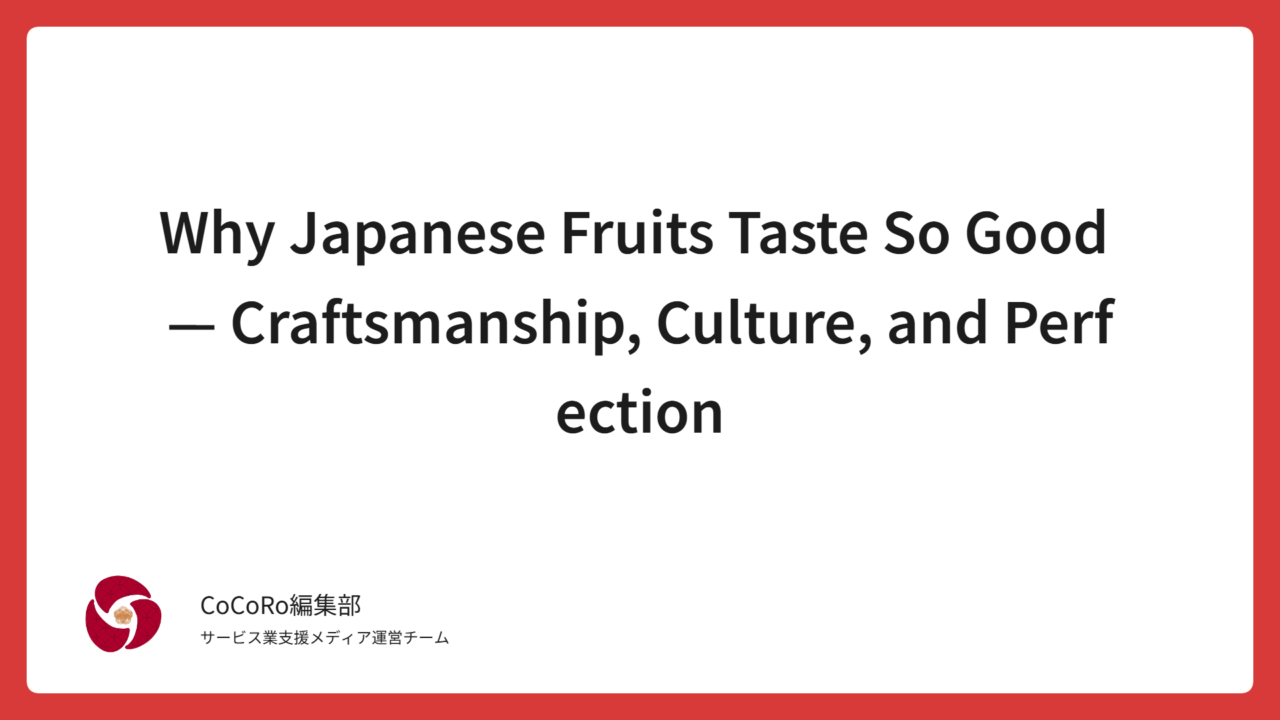
- Japanese Fruits Gaining Global Attention: Why They’re “Expensive but Delicious”
- Why Are Japanese Fruits So Expensive? Four Reasons Behind Their High Prices
- Why Japanese Fruits Are So Delicious: The Craft and Philosophy Behind Their Perfect Sweetness
- Types and Characteristics of Japanese Fruits | The Seven Most Popular Varieties
- Shine Muscat — Japan’s Premier Luxury Grape
- Japanese Muskmelon — The King of Fruits
- Strawberries — Amaou and Tochiotome
- Cherries — Sato Nishiki and Other Premium Varieties
- White Peach — Japan’s Fragrant Summer Treasure
- Japanese Pear (Nashi) — Crisp, Juicy, and Refreshingly Sweet
- Kaki (Japanese Persimmon) — The Symbolic Taste of Autumn
- The Deep Connection Between Fruits and Japanese Culture | A Harmony of Gift-Giving, Seasons, and Aesthetic Sensibility
- Japan’s Premium Fruit Exports and Global Brand Strategy
- Conclusion: Japanese Fruits — A Work of Art Born from Aesthetics and Craftsmanship
Japanese Fruits Gaining Global Attention: Why They’re “Expensive but Delicious”
One of the foods that surprises visitors to Japan the most is fruit.
In Japan, a single strawberry can cost 500 yen (about USD 3) and a melon as much as 20,000 yen (around USD 130).
For many people overseas, fruit is considered an everyday food, so Japan’s fruit prices often come as a shock.
However, the surprise is always followed by the same reaction —
“They’re expensive, but unbelievably delicious.”
On social media, countless posts describe Japanese fruits as “works of art” or praise “their perfect balance of sweetness and aroma.”
Among international chefs, “Japan Fruits” has become a recognized brand, and in places like Hong Kong and Singapore, these fruits are highly sought after as luxury gifts.
This “expensive yet satisfying deliciousness” lies at the very heart of Japan’s fruit culture.
Why Are Japanese Fruits So Expensive? Four Reasons Behind Their High Prices
1. Passion for Breeding Excellence and Sugar-Level Perfection
One of the main factors driving up the price of Japanese fruits is the enormous investment in breeding and research.
Farmers and research institutions spend decades perfecting new varieties that maximize sweetness, fragrance, and visual beauty.
For example, the Shine Muscat, a premium grape variety developed through a joint project between Okayama University and Japan’s Ministry of Agriculture, can sell for several thousand yen per bunch.
Japanese farmers use sugar-content meters to measure the sweetness of each individual fruit and only ship those that meet their strict quality standards.
If the sweetness isn’t sufficient, they patiently delay the harvest—no matter how much extra effort it takes.
That level of dedication is what produces some of the most expensive fruits in the world.
2. Meticulous Hand-Grown Cultivation and Care
While fruit cultivation has become largely mechanized in many countries, Japan still relies heavily on careful handwork.
Tasks such as thinning individual grape clusters, adjusting the number of leaves, and leaving only one perfect fruit on a single tree require an extraordinary level of precision — true craftsmanship in agriculture.
For example, with Japanese muskmelons, only one fruit is grown per plant.
This allows all the nutrients to concentrate in that single melon, resulting in an exceptionally rich sweetness.
This philosophy — prioritizing quality over efficiency — is what makes Japanese fruits truly exceptional.
3. How Japan’s Gift-Giving Culture Turned Fruits into Luxury Brands
In Japan, fruits hold a special status as gifts rather than everyday food.
During traditions such as Ochugen (mid-year gift-giving), Oseibo (year-end gifts), or when visiting someone in the hospital, fruits are chosen as a way to express gratitude and sincerity.
Because of this, every detail—from the fruit’s appearance and elegant wrapping to its perfectly uniform shape—is treated with utmost importance.
This “gift-oriented” market has long driven the premiumization of fruits in Japan.
The concept of “Fruit as a Luxury Gift,” originating from Japan, has attracted attention worldwide, and department store fruit sections in Japan have become tourist attractions in their own right.
4. The High Costs of Shipping, Packaging, and Distribution
Another factor behind the high prices of Japanese fruits lies in the logistics system itself.
Every step of the process — from temperature control during transportation, to careful hand-packing, to final quality checks at the store — demands absolute perfection.
When you open a box and see each fruit beautifully aligned and flawless, that too is part of what defines “Japanese quality.”
All of these meticulous steps add up and are ultimately reflected in the final price of Japanese fruits.
Why Japanese Fruits Are So Delicious: The Craft and Philosophy Behind Their Perfect Sweetness
1. The Culture of Waiting for Perfect Ripeness
Japanese farmers place great importance on harvesting only after the fruit has reached full ripeness.
In many other countries, fruits are typically picked while still green to allow time for shipping and ripening during transport.
In Japan, however, farmers carefully determine the exact moment of peak flavor and harvest the fruit at its best.
This results in fruits that are juicier, more fragrant, and melt-in-your-mouth soft — the very essence of Japan’s dedication to perfection.
2. Pursuing the Perfect Balance of Taste, Aroma, and Appearance
In Japan, fruit growing isn’t just about making it sweet — it’s about achieving the perfect harmony of sweetness, aroma, and appearance.
Farmers carefully record daily temperatures and sunlight hours, managing the ideal balance of watering and pruning schedules.
To maintain the symmetry and quality of each cluster, they even have the discipline to remove excess fruits, a practice that reflects Japan’s deep respect for balance and perfection.
As a result, the world’s top chefs praise Japanese fruits as “nature’s desserts,” admiring their exquisite sweetness and perfectly balanced flavor.
3. Farmers’ Craftsmanship and Commitment to Quality Standards
Japanese fruit cultivation is guided by a spirit akin to creating fine craftsmanship.
Even if the flavor is excellent, fruits that do not meet shipping standards are never sent to market.
Appearance, weight, sweetness — if any of these fall outside the set standards, farmers will discard the fruit themselves, upholding their pride in perfection.
Such strict standards reflect a deep sense of pride — the belief that only fruits worthy of bearing the farmer’s own name should ever be sold.
This unwavering philosophy is what sustains the global reputation and brand value of Japanese fruits.
Types and Characteristics of Japanese Fruits | The Seven Most Popular Varieties
Shine Muscat — Japan’s Premier Luxury Grape
The Shine Muscat can be eaten with its skin and contains no seeds.
Known for its refreshing aroma and intense natural sweetness, it has rapidly gained popularity overseas as a luxury grape.
In recent years, it has become a sought-after gift item in places like Hong Kong, Taiwan, and Dubai, as the brand name “Japanese Shine Muscat” continues to spread around the world.
Japanese Muskmelon — The King of Fruits
Cultivated under the “Ichiboku Ikkka” method — leaving only one melon on each vine — the Japanese muskmelon represents the pinnacle of meticulous care.
Its beautiful net-like pattern and refined fragrance have made it a true symbol of Japan’s fruit culture.
Mainly grown in Shizuoka and Kumamoto, a single melon can fetch tens of thousands of yen, reflecting its status as one of the most luxurious fruits in the world.
Strawberries — Amaou and Tochiotome
A symbolic winter fruit in Japan, strawberries are known for their bright red color, rich sweetness, and fragrant aroma.
Famous regional brands such as “Amaou” from Fukuoka and “Tochiotome” from Tochigi have gained popularity both domestically and abroad.
In recent years, rare varieties like white strawberries and “Tōkun” (peach-scented strawberries) have also appeared, helping shape Japan’s elegant dessert culture.
Cherries — Sato Nishiki and Other Premium Varieties
A quintessential early-summer fruit in Japan, cherries are prized for their jewel-like appearance and refined sweet-and-tart flavor.
They are primarily cultivated in Yamagata Prefecture, Japan’s leading cherry-producing region.
Among them, the Sato Nishiki variety is especially renowned as a luxury fruit, often featured in high-end hotels and restaurants overseas.
White Peach — Japan’s Fragrant Summer Treasure
With its melt-in-your-mouth texture and gentle fragrance, the Japanese white peach is one of the country’s most beloved summer fruits.
Widely cultivated in Okayama and Yamanashi, it has gained popularity overseas under the name “White Peach from Japan.”
The moment it’s cut, its sweet aroma fills the air, offering a taste that truly captures the essence of a Japanese summer.
Japanese Pear (Nashi) — Crisp, Juicy, and Refreshingly Sweet
Known for its crisp bite and refreshing juiciness, the Japanese pear (Nashi) perfectly balances sweetness and light, clean flavor thanks to Japan’s advanced cultivation techniques.
Varieties such as Kosui, Hosui, and Nijisseiki (20th Century Pear) each offer their own distinct seasonal taste, making Nashi a fruit to enjoy throughout the year.
Kaki (Japanese Persimmon) — The Symbolic Taste of Autumn
A quintessential autumn fruit in Japan, Kaki (Japanese Persimmon) has inspired a rich tradition of preservation methods, including Hoshigaki (dried persimmons) and Anpo-gaki (semi-dried varieties).
Once considered rare overseas, Japanese persimmons are now gaining recognition as a premium fruit admired for their high natural sweetness and healthy, dessert-like flavor.
The Deep Connection Between Fruits and Japanese Culture | A Harmony of Gift-Giving, Seasons, and Aesthetic Sensibility
In Japan, fruits are more than something to eat — they are a reflection of seasonal beauty and heartfelt appreciation.
For centuries, fruits have symbolized luxury tied to the changing seasons and served as a means of expressing gratitude.
From the tradition of seasonal fruit gifting to the joy of fruit-picking experiences that connect people with nature, fruits have long played a role in linking humans and the natural world in Japan.
In Japan, even the visual beauty of the fruit and the emotional moment of opening the box are considered part of the experience — a reflection of the country’s unique aesthetic sensibility.
Japanese fruits are often described as “edible art”, where craftsmanship and emotion come together in perfect harmony.
Japan’s Premium Fruit Exports and Global Brand Strategy
Japanese fruits are now gaining attention in luxury markets around the world.
In Hong Kong, Singapore, Bangkok, and Dubai, the label “Made in Japan” has become a mark of trust and exceptional quality.
Even royal families in the Middle East have begun using Japanese melons as prestigious gifts, as “Made in Japan Fruits” continue to establish themselves as a global symbol of excellence.
Japanese farmers and companies are also developing new fruit varieties designed to last longer without compromising flavor, aiming to meet the demands of international export. Looking ahead, Japan is exploring overseas cultivation and franchise-style brand expansion, signaling the next stage of growth for its premium fruit industry.
Conclusion: Japanese Fruits — A Work of Art Born from Aesthetics and Craftsmanship
It is no coincidence that Japanese fruits are often described as “expensive but unbelievably delicious.”
Their quality is the result of meticulous craftsmanship, a culture that cherishes climate and season, and a uniquely Japanese aesthetic that finds value in the act of giving.
It is more than just food — it is a cultural masterpiece that reflects the Japanese philosophy of gratitude and harmony with nature.
When people around the world taste Japanese fruits and feel deeply moved, it may not be only because of their sweetness, but because they also sense the sincerity and aesthetic spirit embedded within them.

